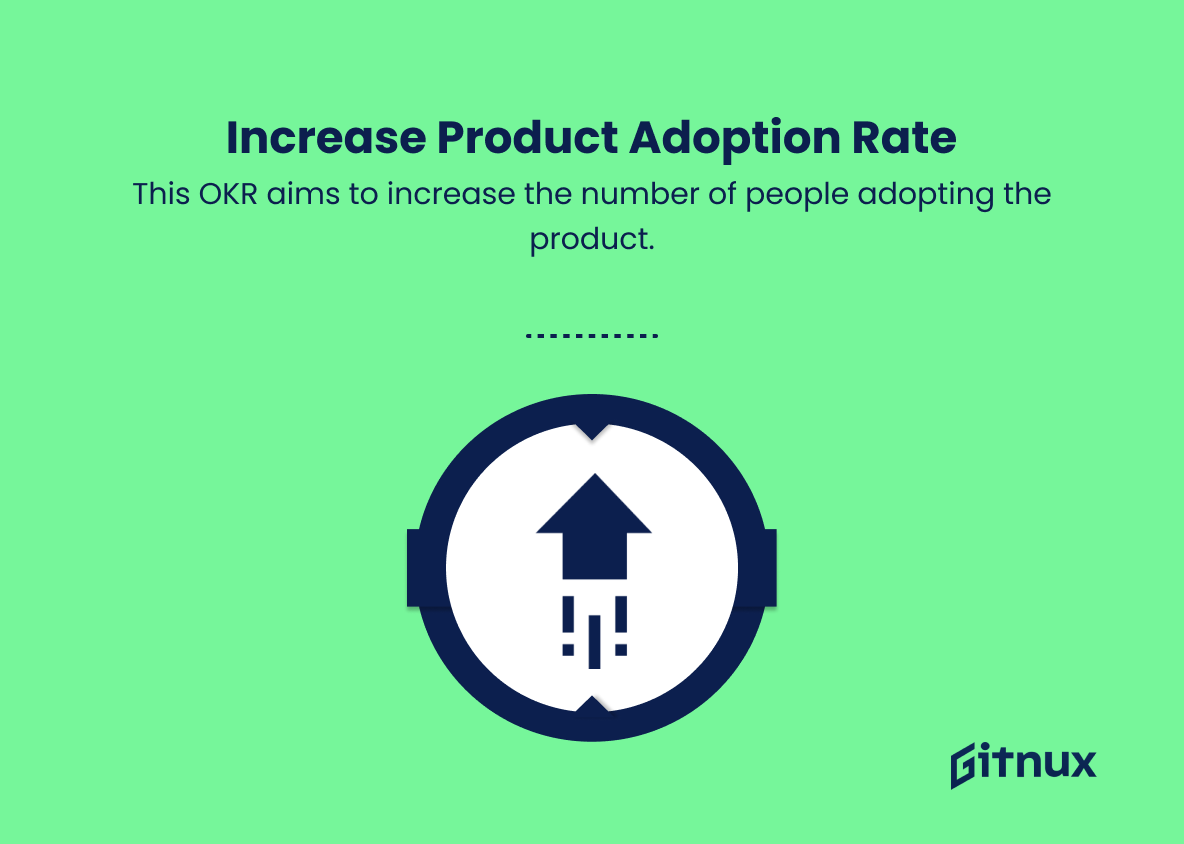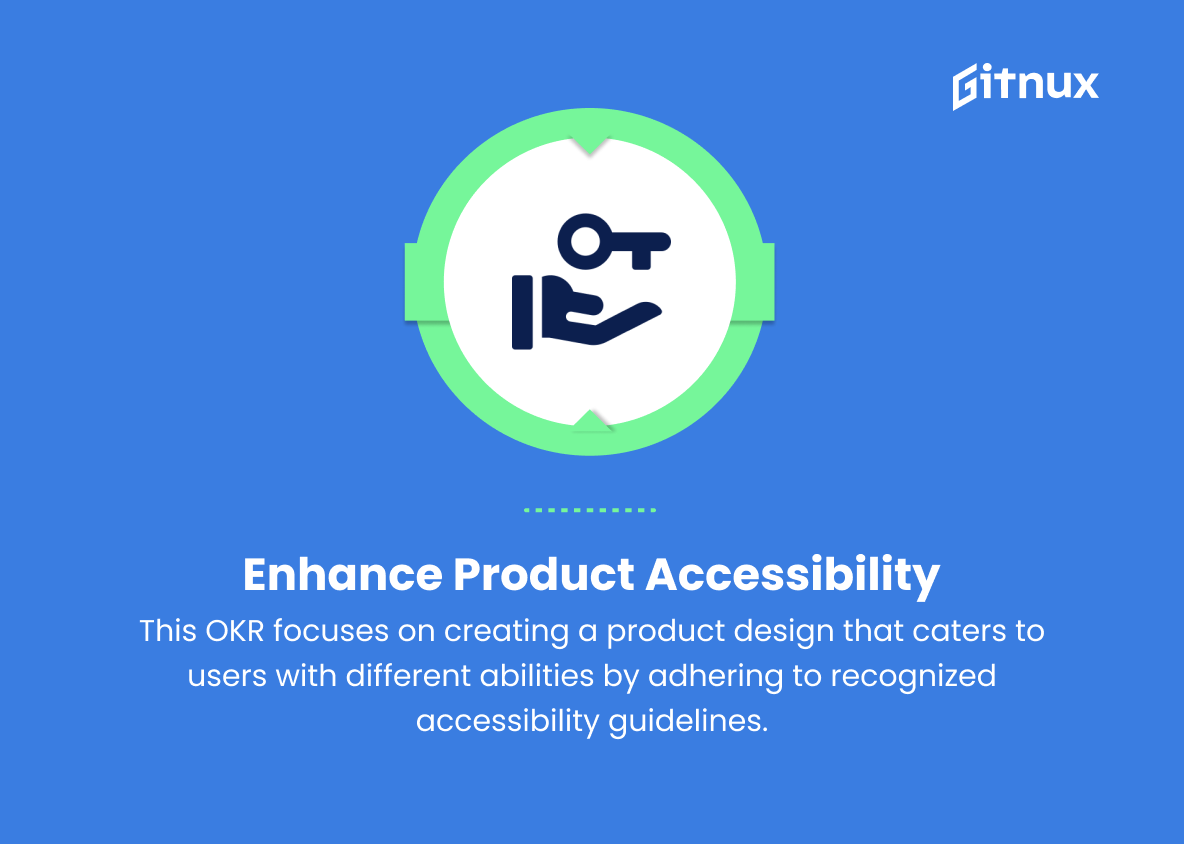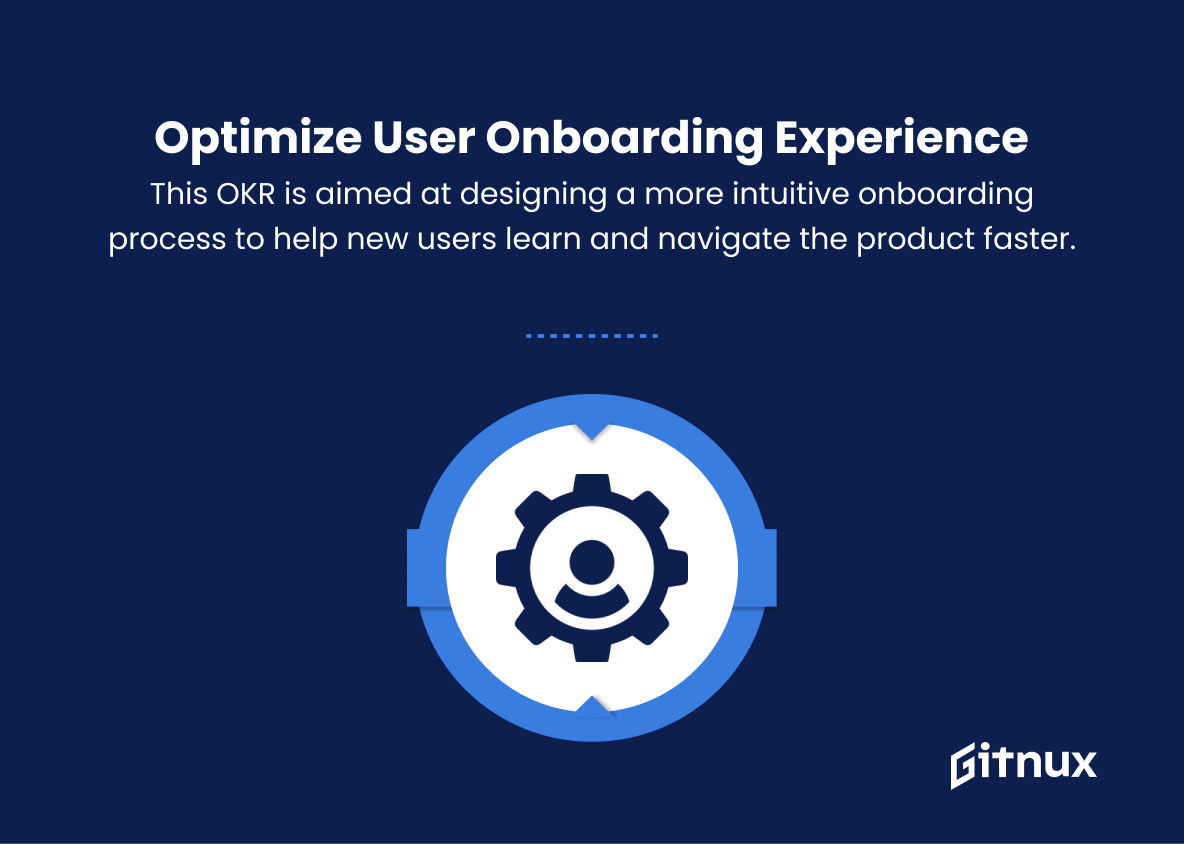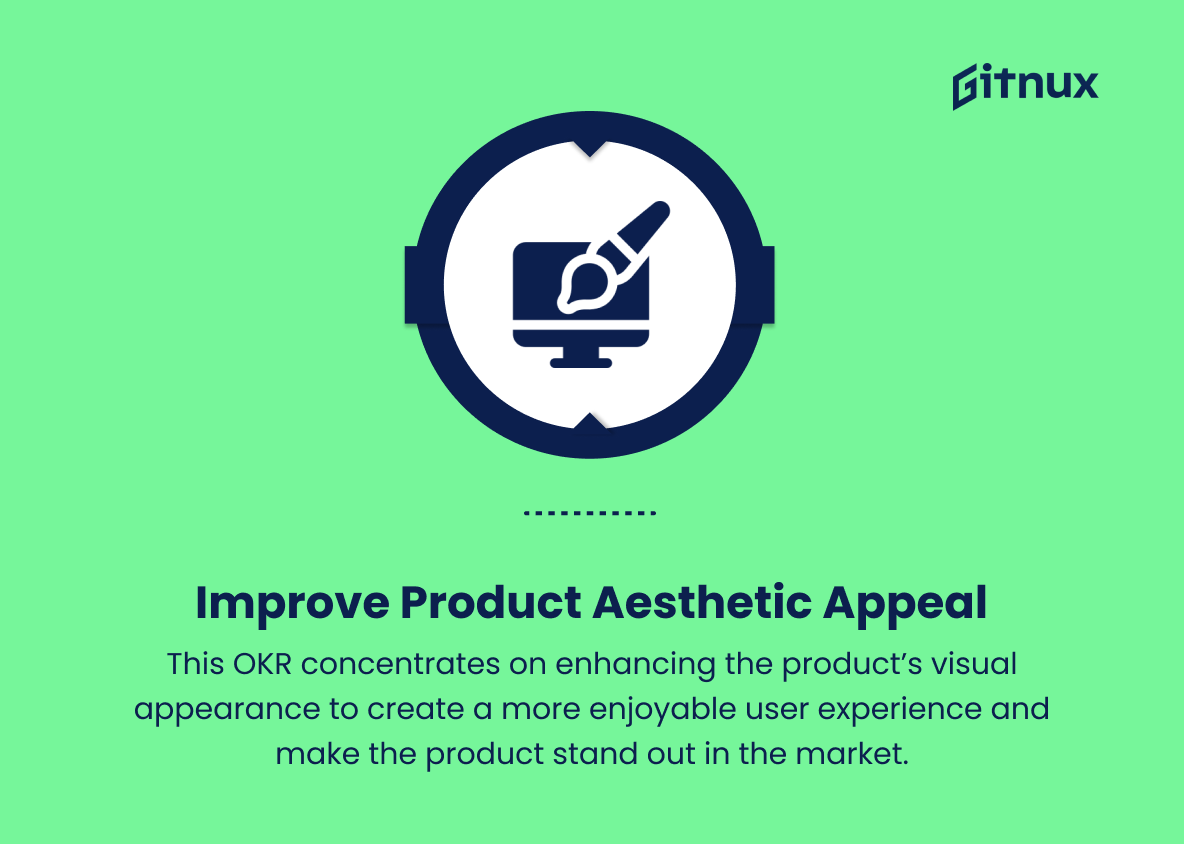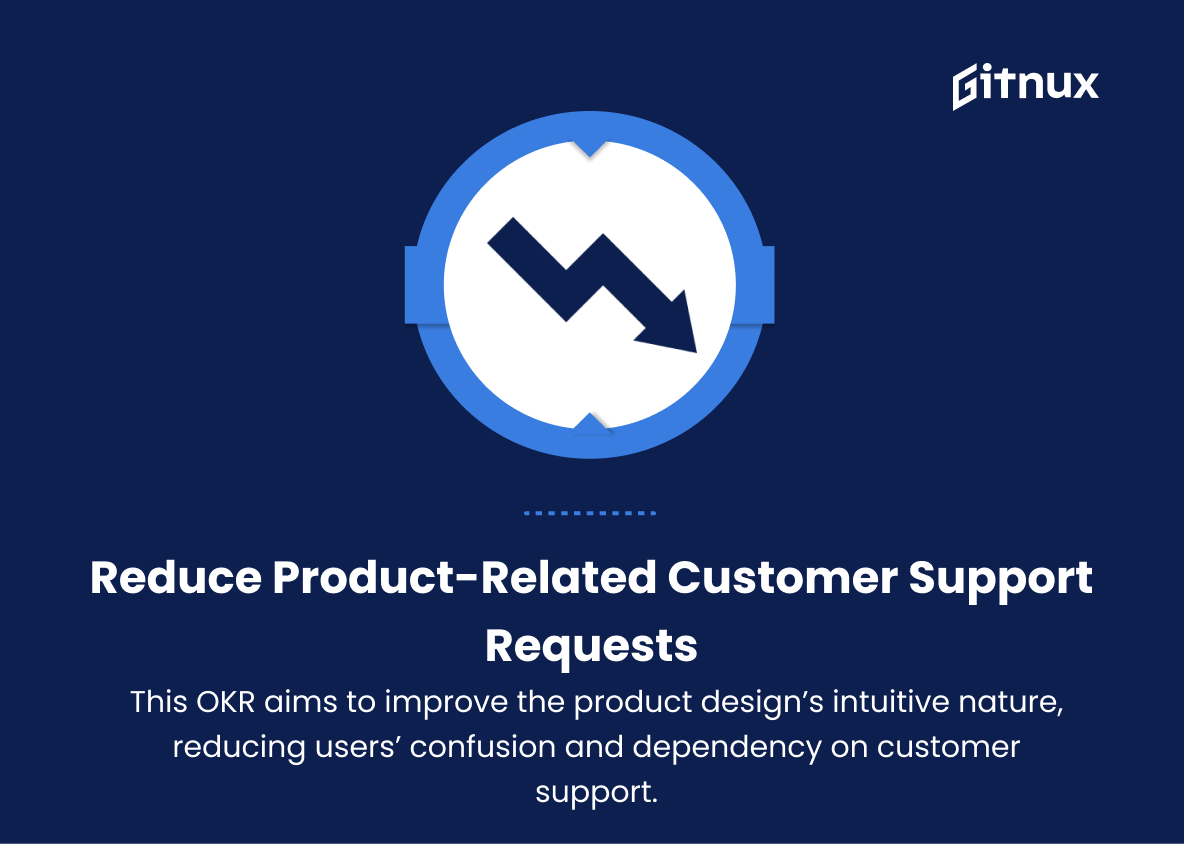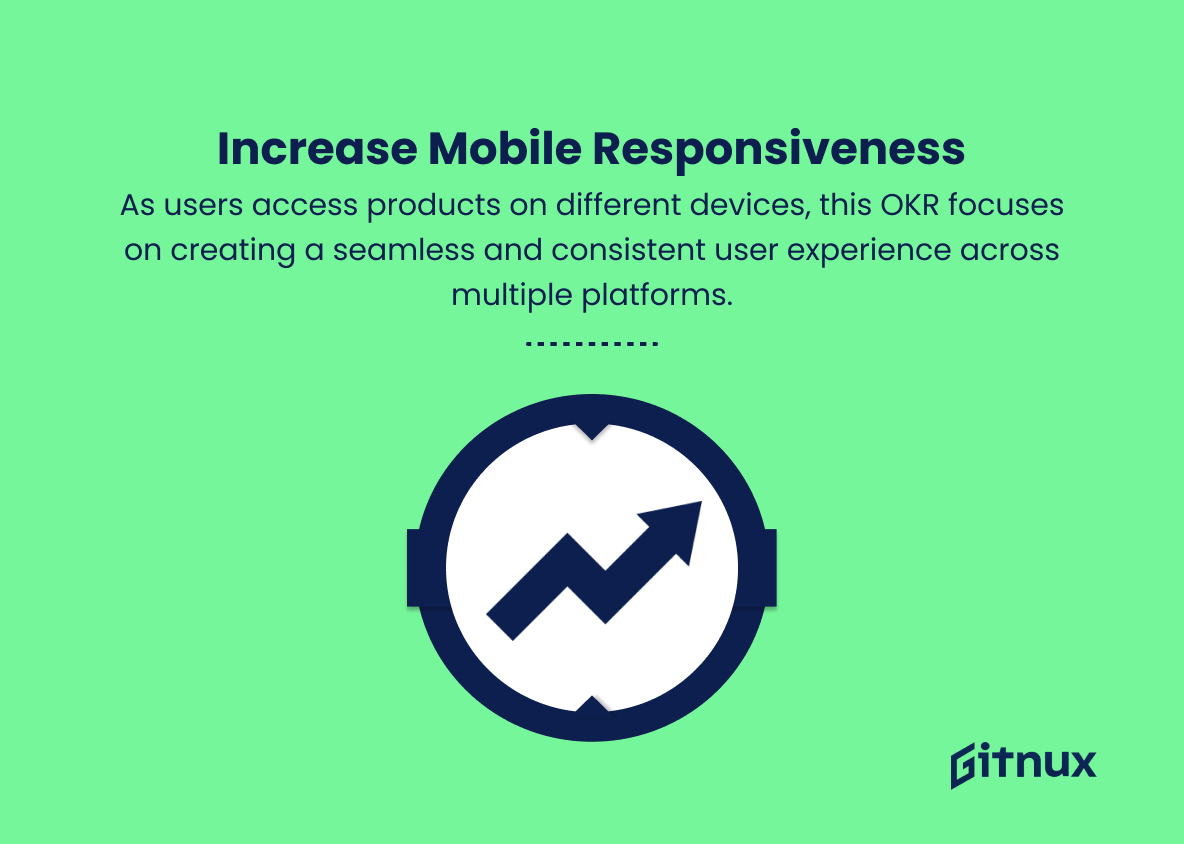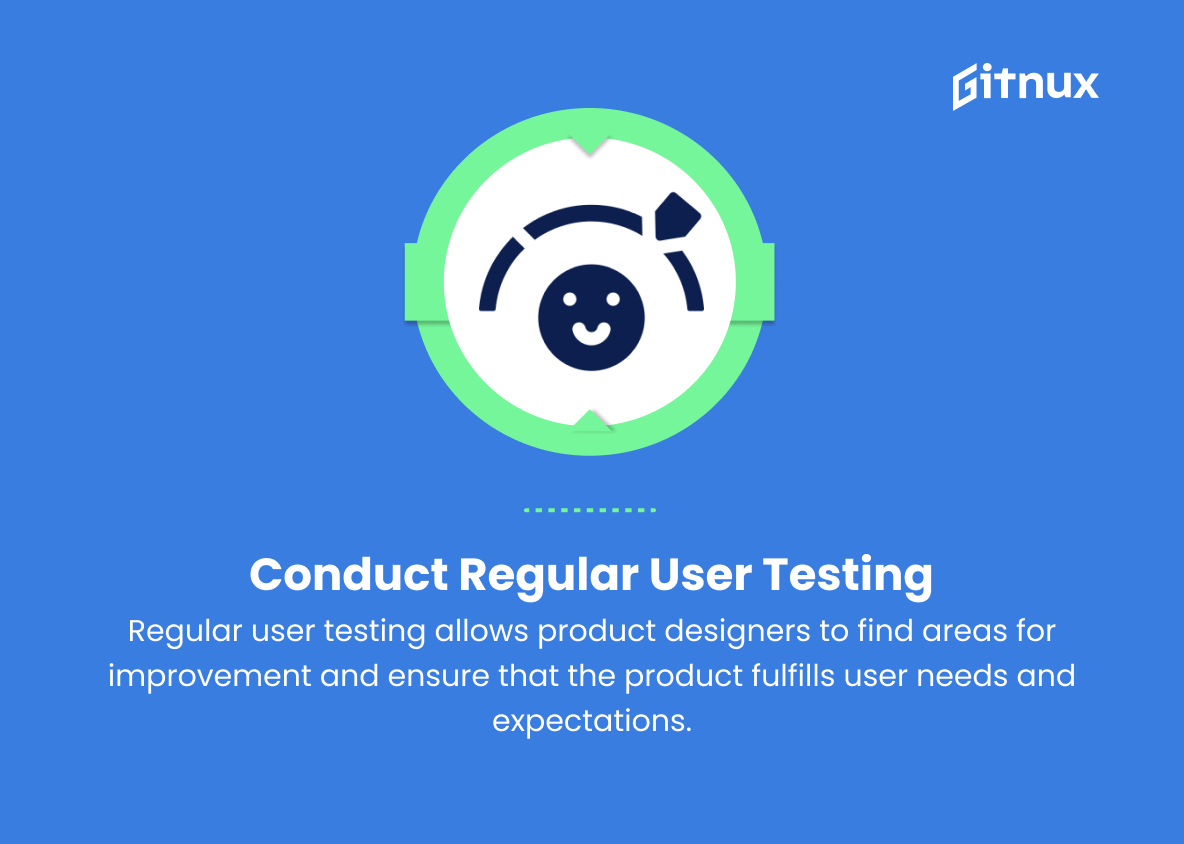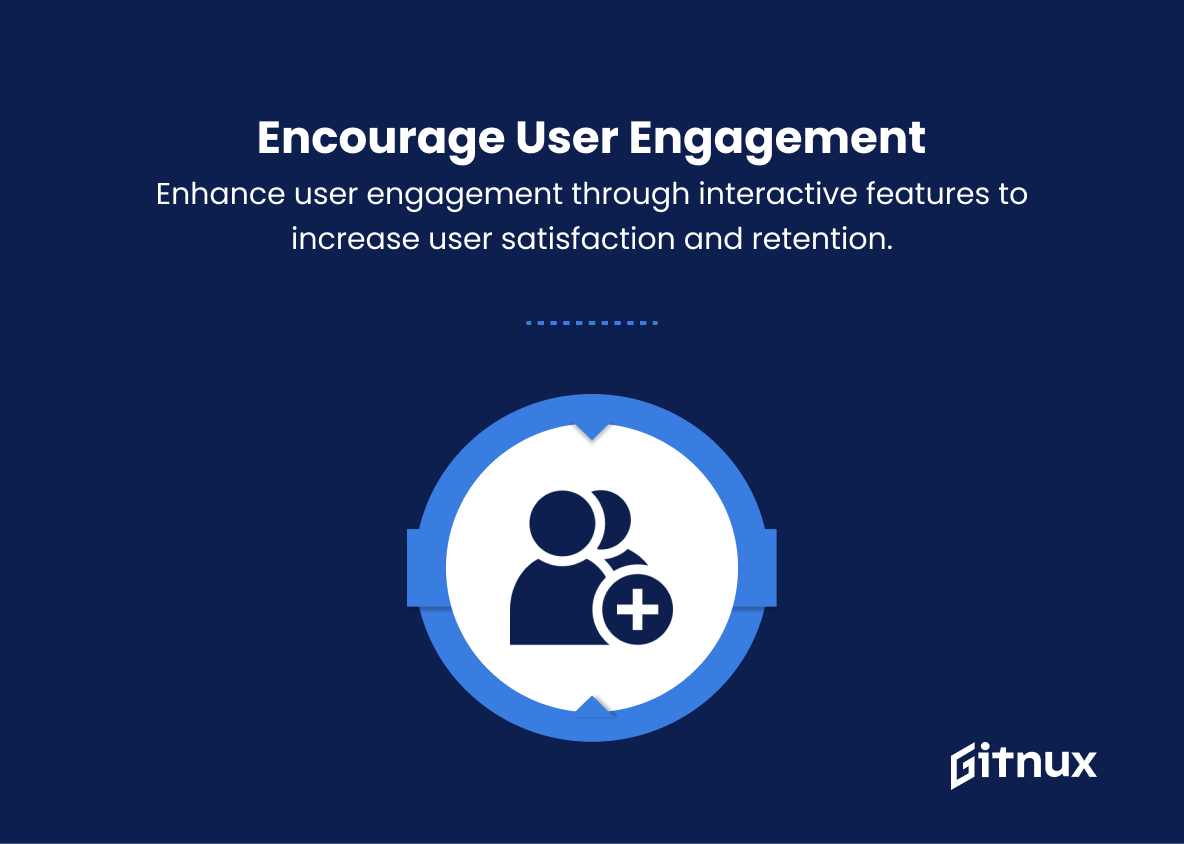In today’s rapidly evolving business landscape, the ability to efficiently develop innovative and high-quality products is crucial for a company’s success. The competitive nature of the market demands that teams constantly strive to enhance their products and meet customer expectations. This is where Product Design Objectives and Key Results (OKRs) enter into play.
In this comprehensive blog post, we will delve into the essential role of Product Design OKRs in streamlining the product development process, aligning team objectives, and driving impactful business outcomes. By exploring key principles, best practices, and real-life examples, we aim to provide you with a thorough understanding of how implementing OKRs can revolutionize your product design strategy and contribute to the accelerated growth of your organization.
Product Design OKRs You Should Know
1. Objective: Improve product usability
Key Result 1: Achieve an 80% user satisfaction rating through user feedback
Explanation: This OKR aims to make the product more user-friendly by focusing on the users’ satisfaction and analyzing their feedback to implement necessary improvements.
2. Objective: Increase product adoption rate
Key Result: Achieve a 30% increase in new user sign-ups in the upcoming quarter
Explanation: By improving the product design and making it more appealing to potential users, this OKR aims to increase the number of people adopting the product.
3. Objective: Enhance product accessibility
Key Result: Ensure product compliance with WCAG 2.1 accessibility guidelines for all features by the end of the year
Explanation: This OKR focuses on creating a product design that caters to users with different abilities by adhering to recognized accessibility guidelines.
4. Objective: Optimize user onboarding experience
Key Result: Reduce the average time spent on new user onboarding by 50% in the upcoming quarter
Explanation: This OKR is aimed at designing a more intuitive onboarding process to help new users learn and navigate the product faster.
5. Objective: Improve product aesthetic appeal
Key Result: Achieve a visual design rating of 4.5/5 based on user feedback in the next six months
Explanation: This OKR concentrates on enhancing the product’s visual appearance to create a more enjoyable user experience and make the product stand out in the market.
6. Objective: Streamline user workflows
Key Result: Decrease the average number of clicks needed to complete core tasks by 25% in the upcoming quarter
Explanation: By re-evaluating and refining user workflows, this OKR aims to simplify the users’ interaction with the product, allowing them to complete their tasks more efficiently.
7. Objective: Reduce product-related customer support requests
Key Result: Decrease the number of product-related support tickets by 40% in the next six months
Explanation: This OKR aims to improve the product design’s intuitive nature, reducing users’ confusion and dependency on customer support.
8. Objective: Increase mobile responsiveness
Key Result: Ensure all product features are fully functional and visually consistent on at least three major mobile devices by the end of the year
Explanation: As users access products on different devices, this OKR focuses on creating a seamless and consistent user experience across multiple platforms.
9. Objective: Conduct regular user testing
Key Result: Conduct monthly user testing sessions and collect actionable feedback to influence product design improvements
Explanation: Regular user testing allows product designers to find areas for improvement and ensure that the product fulfills user needs and expectations.
10. Objective: Encourage user engagement
Key Result: Increase the average user session duration by 15% in the upcoming quarter
Explanation: This OKR focuses on designing interactive and engaging features that encourage users to spend more time exploring the product, ultimately leading to higher user satisfaction and retention.
Product Design OKRs Explained
Product Design OKRs matter because they are essential for ensuring a seamless and enjoyable experience for users, which in turn leads to higher satisfaction, adoption, and retention rates. By focusing on usability, adoption, accessibility, onboarding, aesthetics, workflows, support, responsiveness, user testing, and engagement, these OKRs help product designers identify areas for improvement and implement necessary changes.
Ultimately, well-designed products that cater to the needs and expectations of their users can set themselves apart from the competition and ensure their long-term success in the market. These OKRs play a crucial role in guiding the product design process and providing measurable objectives to evaluate progress and make data-driven decisions.
Conclusion
In summary, Product Design OKRs play a crucial role in shaping the success of a product by aligning the design team’s goals with the organization’s objectives. By setting clear, measurable, and achievable Key Results, these OKRs foster a culture of accountability, collaboration, and innovation within the design process.
Embracing this goal-setting framework can help product design teams to stay focused, adapt to ever-changing market demands, and continuously optimize their work to create exceptional user experiences. The adoption of Product Design OKRs is not only a strategic business decision but also a commitment to the ongoing growth and improvement of the team and product.

